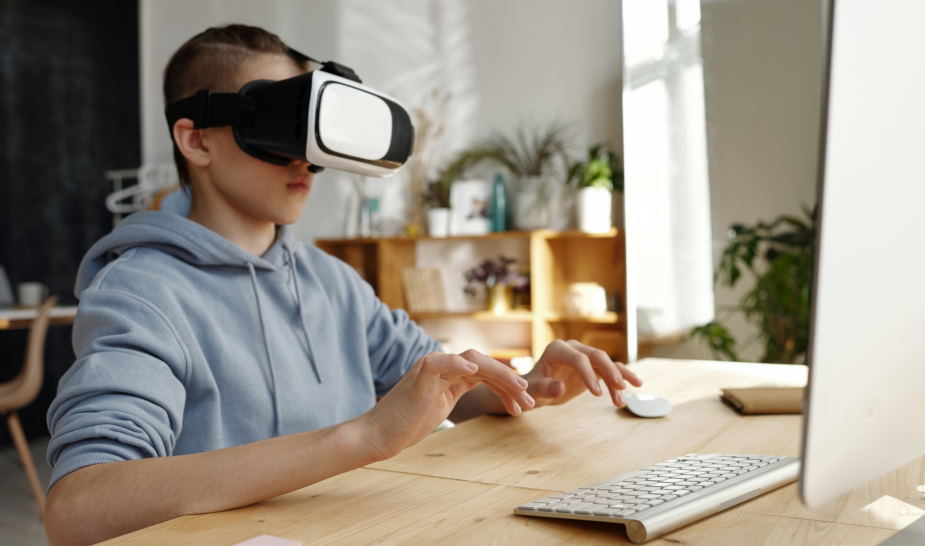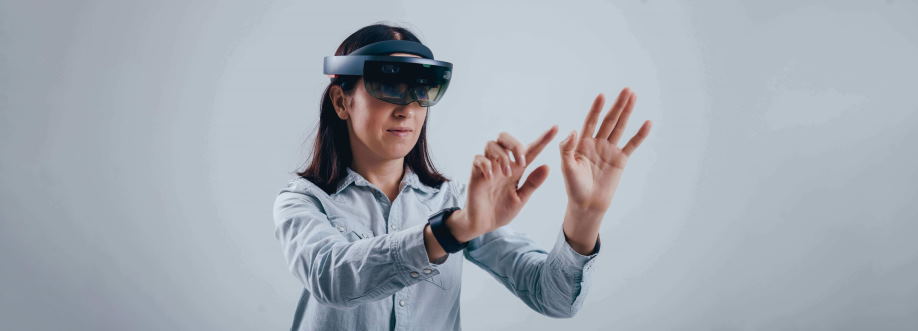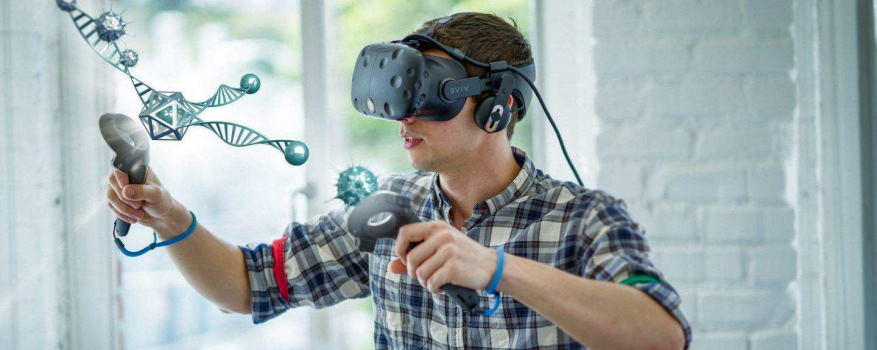
Amazing Ways Virtual Reality Is Used in Education
Virtual Reality has been around since the 1950s, but it has only recently become popular. This is because the technology has now progressed to a point where it can be used for more than just entertainment purposes. For example, Virtual Reality can be used in education to help students learn in new and innovative ways. There are a number of ways that VR can be used in education, and below are just a few of them.
It’s no secret that Virtual Reality is being used more and more in education. But what may surprise you are the ways it’s being used. From allowing students to experience different cultures to help with special needs, VR is making a big impact in the classroom. Keep reading to learn more about how VR is changing education for the better.

Virtual Reality for education: how it can benefit your learning
There are many ways that Virtual Reality can be used in education. Some of these include:
- Helping students learn new subjects by providing immersive, interactive experiences
- Enhancing traditional teaching methods with VR technology to make learning more interesting and engaging for students
- Providing a way for students to “practice” difficult tasks or concepts before trying them out in the real world
- Offering a new perspective on historical events or geographical locations
- Allowing educators to track student progress and identify areas where they need additional help
- Creating an online community for students and educators to share ideas, resources, and experiences related to VR in education.
Virtual Reality is quickly becoming a popular tool for educators, thanks to its ability to provide immersive, interactive learning experiences that help students learn new subjects more quickly and effectively. VR can also enhance traditional teaching methods, making learning more interesting and engaging for students of all ages. In addition, VR can provide a way for students to “practice” difficult tasks or concepts before trying them out in the real world. It can also offer a new perspective on historical events or geographical locations. And finally, educators can use VR technology to track student progress and identify areas where they need additional help. Additionally, Virtual Reality offers educators an online community to share ideas, resources, and experiences related to VR in education. It is no surprise that Virtual Reality is becoming increasingly popular in education for these reasons.

What are examples of Virtual Reality in education?
Virtual Reality is becoming more and more popular in education, allowing students to experience new things and learn in ways that traditional classrooms cannot match. There are many different virtual reality examples in education, from immersive language learning programs to science simulations that allow students to explore the universe. Each of these VR applications offers unique benefits to students, helping them understand the material they are studying. In addition, VR can also help educators make their lessons more engaging and interactive, providing a richer learning experience for all students.
Virtual Reality can be used in a variety of ways in education. For example, it can create virtual field trips for students. Students can also use Virtual Reality to learn about different cultures and historical events. In addition, Virtual Reality can improve learning outcomes for students with disabilities. Finally, Virtual Reality can provide immersive training for students interested in science, technology, engineering, and math (STEM) careers. Overall, Virtual Reality can improve education outcomes for students of all ages.